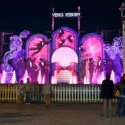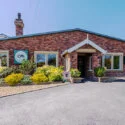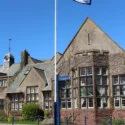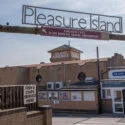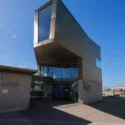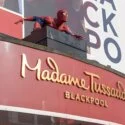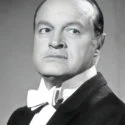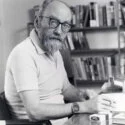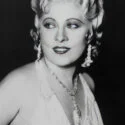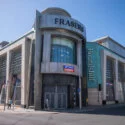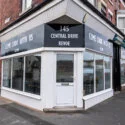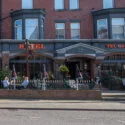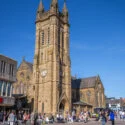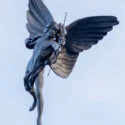In 1848, the Lytham Improvement Commissioners, the local government of the day, commissioned the building of Lytham Market Hall at a cost of over £1,000, designed by Charles Reed of Liverpool, to replace the open-air market. It was originally designed as a single-story structure with an Italianate style. A clock tower, donated by Lady Eleanor Cecily Clifton, was added to the building in 1868. A further tower was added on the west side in 1877. In 1883 a drinking fountain was placed in the Market Square in memory of her husband, John Talbot Clifton, who died in 1882. In the late 1890s the market’s success declined, so the interior was adapted to create enclosed shops. In 1909 the fountain was placed in Sparrow Park by the station, and the Cenotaph was built in 1922 in the place where it previously stood.
The upper levels were converted into offices in the 1950s. Now the building is a multi-use space, with the original structure largely intact and featuring a clock tower and a two-story annex. The building’s exterior retains elements of its original Italianate style. The Market Hall is a significant part of Lytham’s history, reflecting the town’s development and the changing needs of its residents. It stands as a reminder of Lytham’s past as both a fishing village and a developing seaside resort.

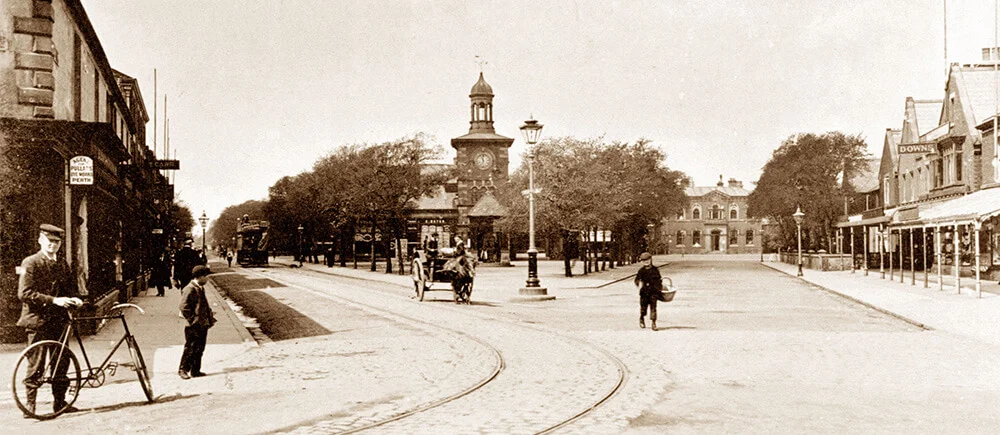
Lytham St. Annes Market Hall – 31 December 1909. © Alamy
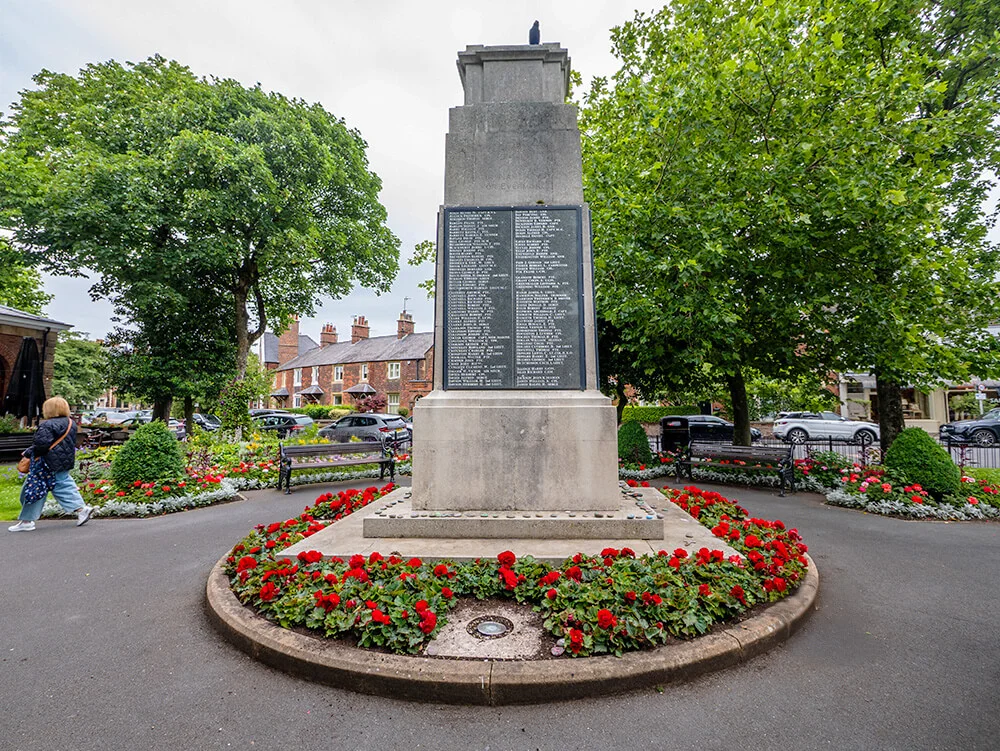
A map from the mid 1840s show there used to be ‘Fish Stones’ where the cenotaph now stands.
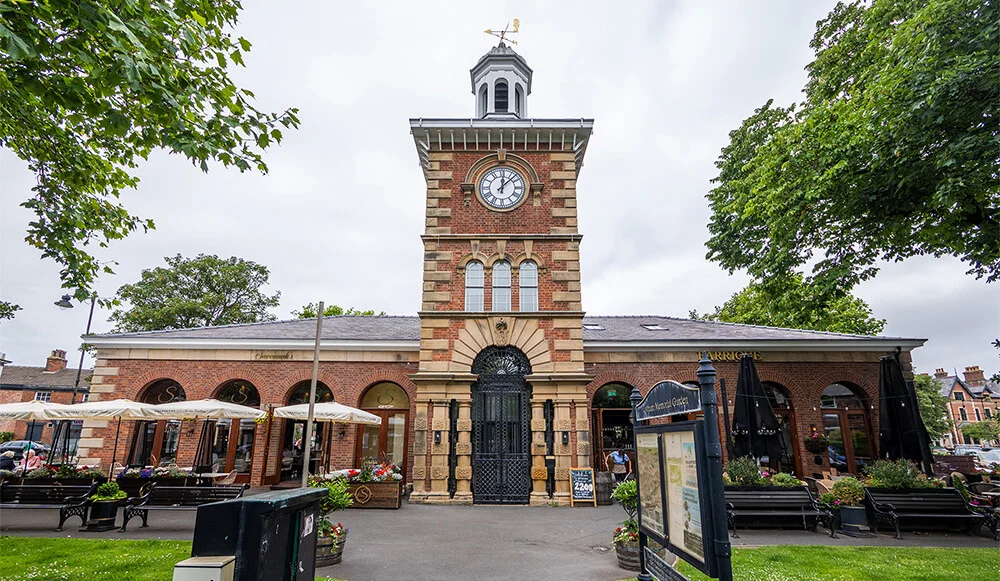

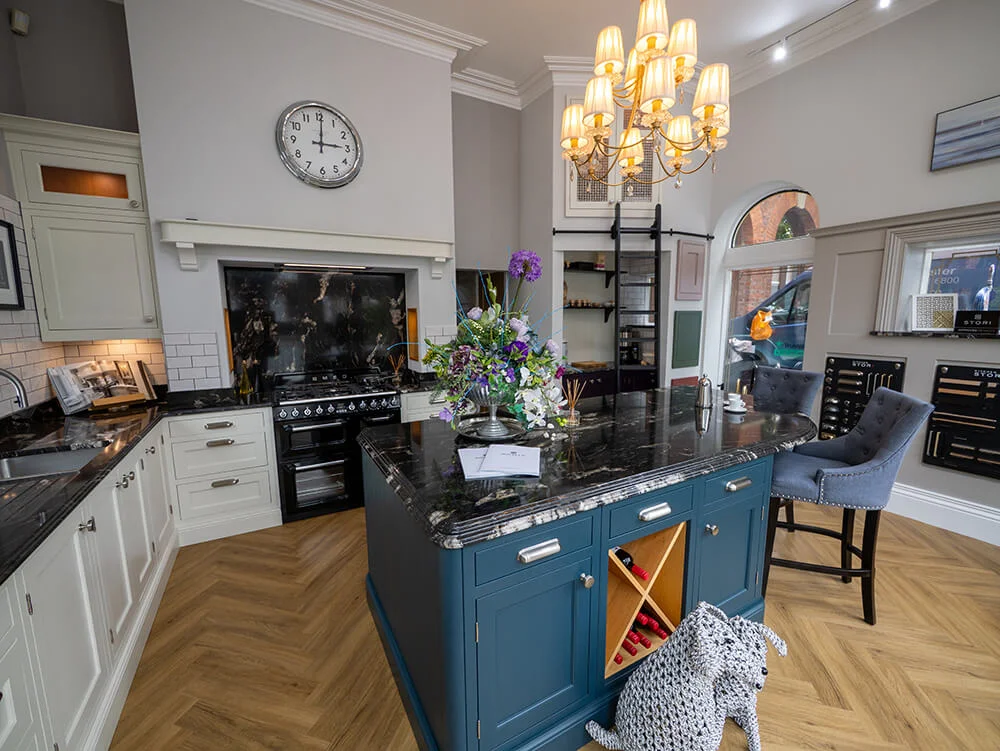
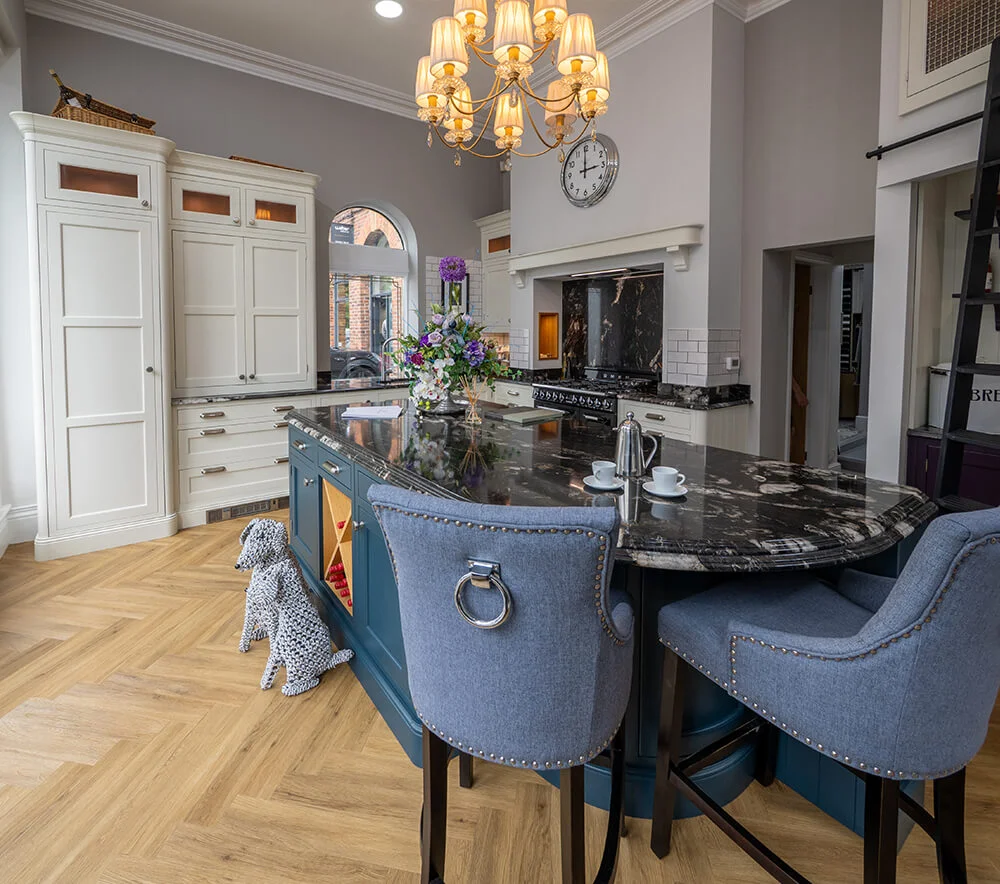
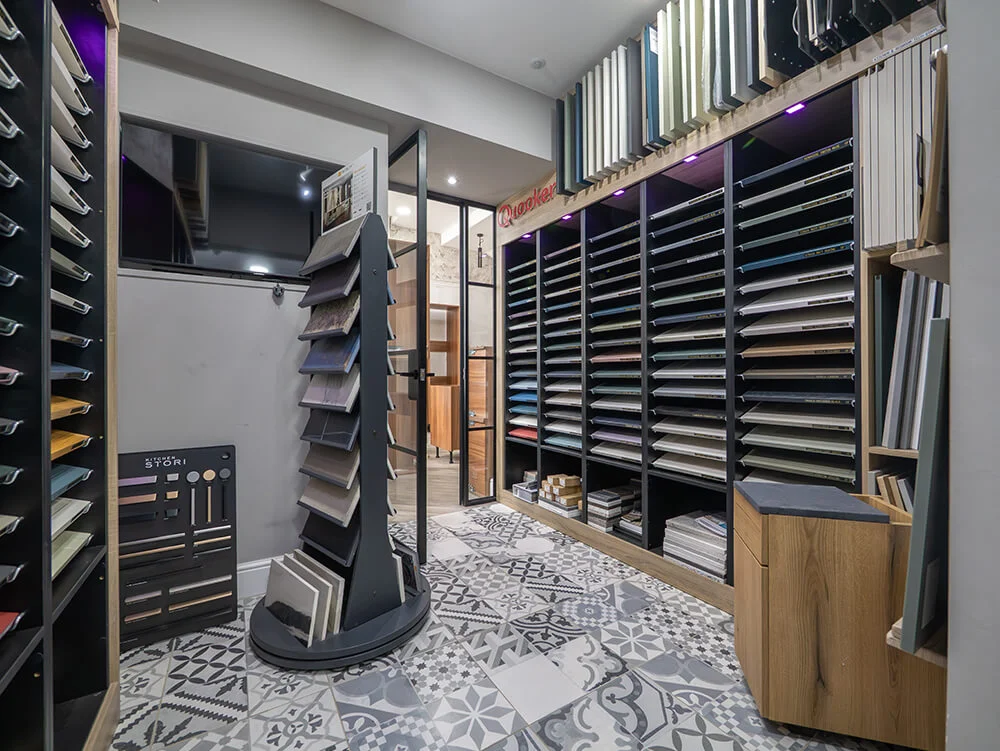
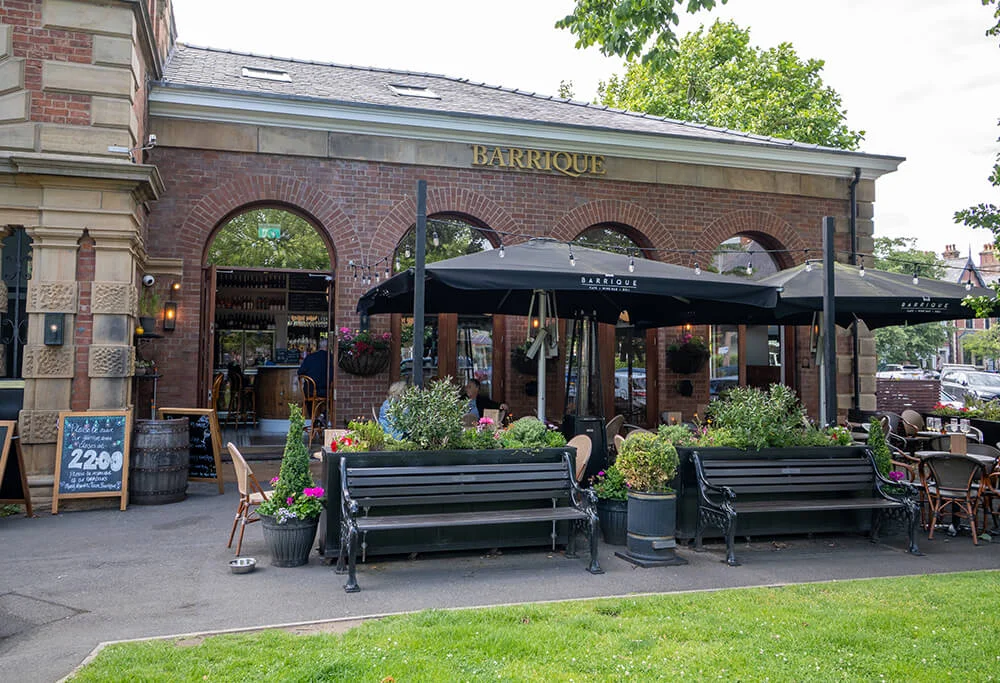
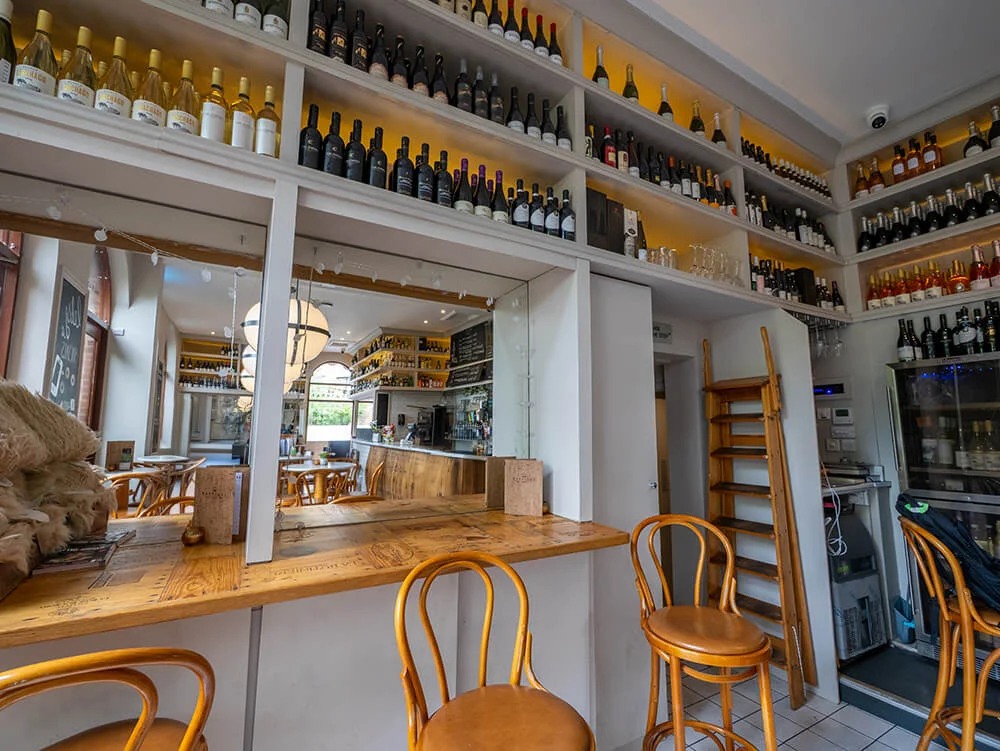
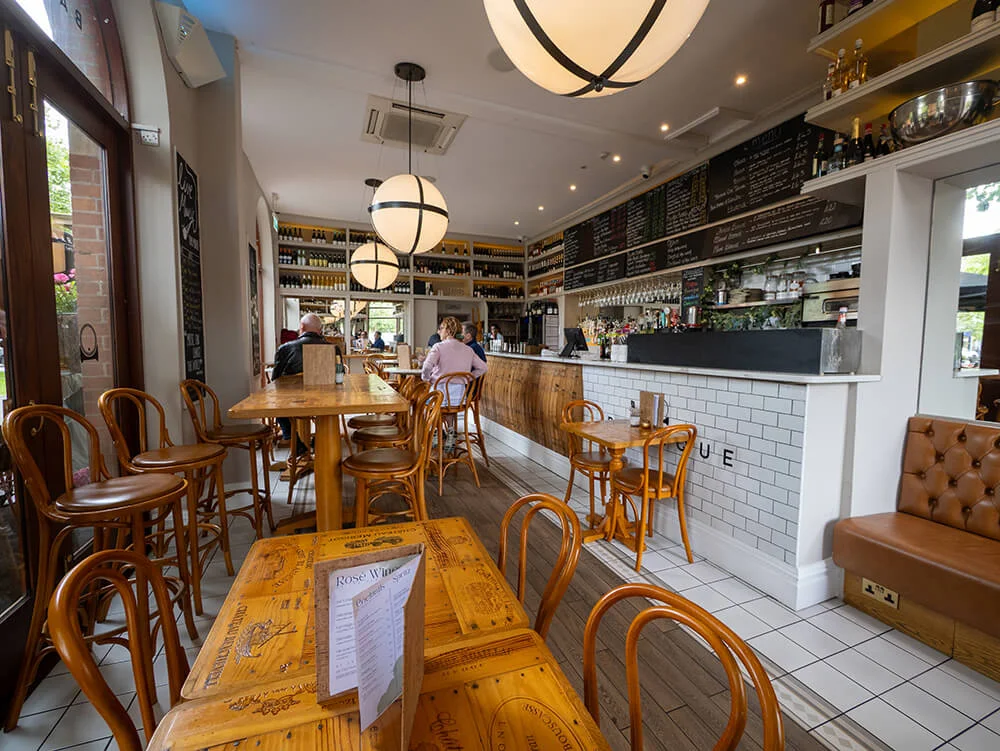
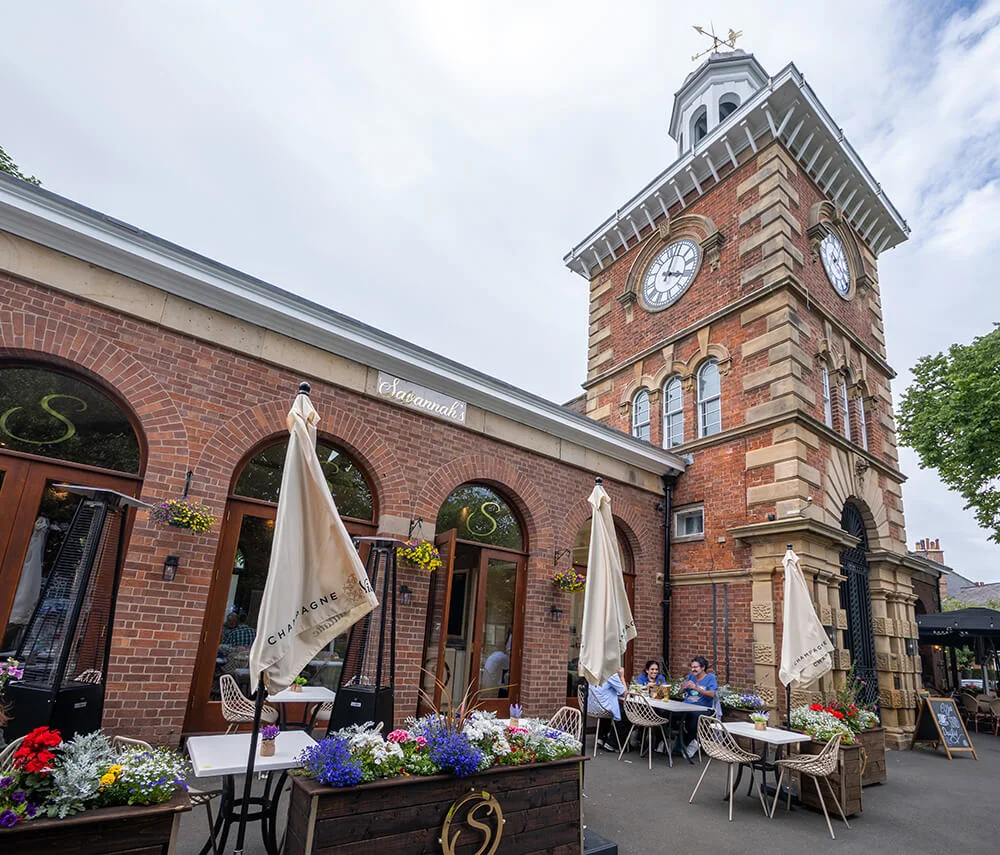
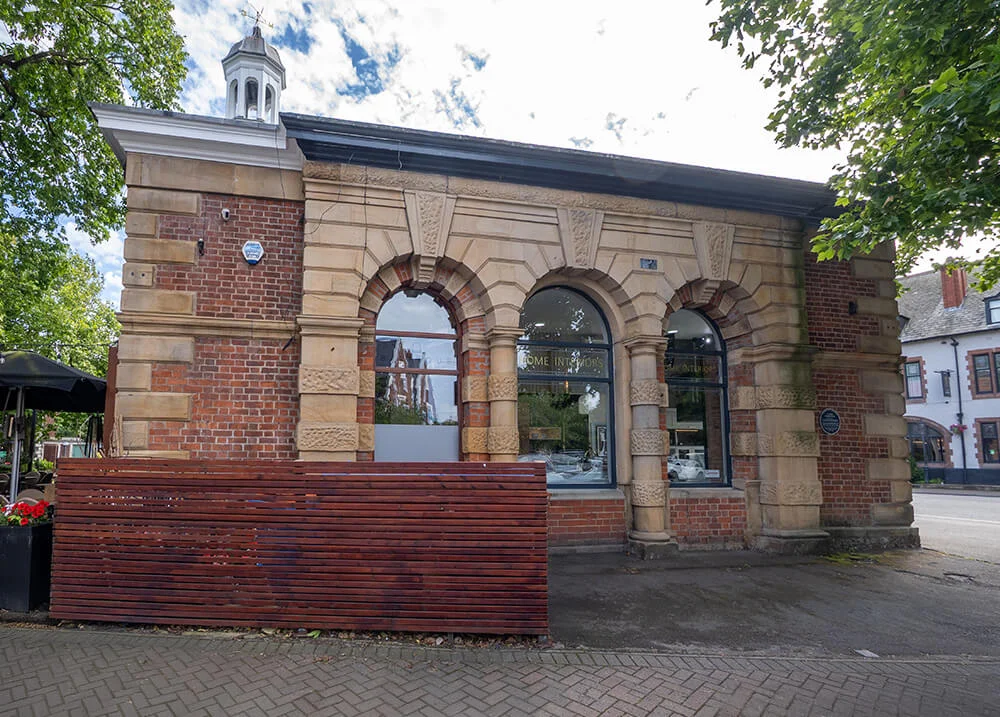
Text source: Lytham Heritagewebsite
Images by © Deeper Blue Marketing & Design Ltd


